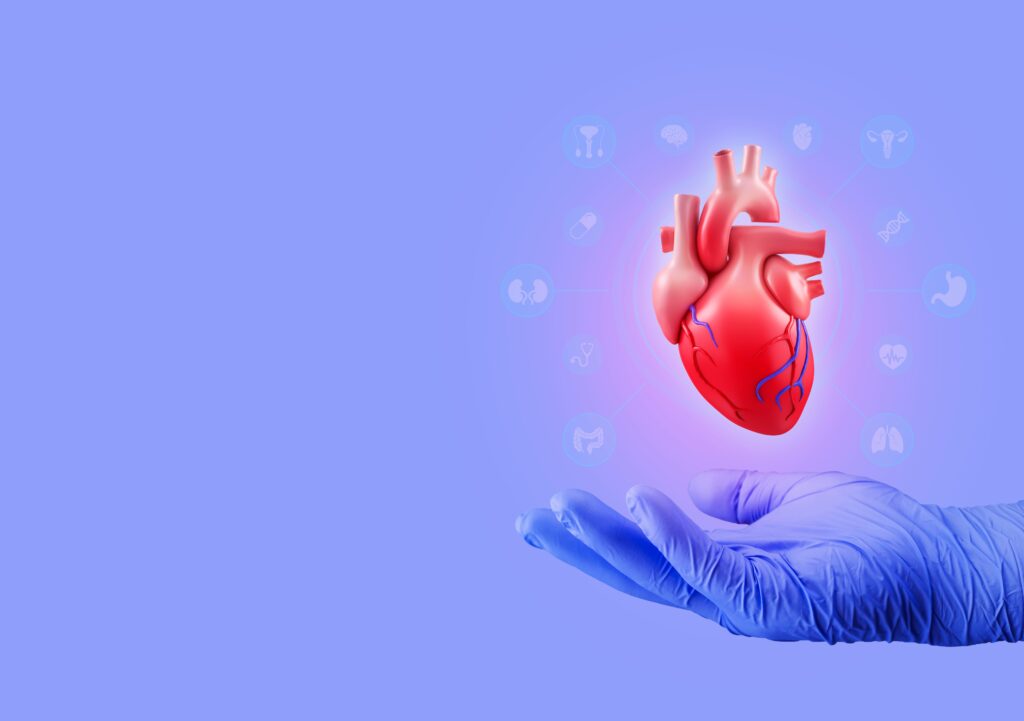For the first time, scientists have recorded a time-lapse video that shows how a heart begins to form in a living mouse embryo. The research, carried out by a team in the UK, used advanced imaging to observe how heart cells come together during the earliest stages of life. Their work could help explain how heart defects develop and offer new hope for future treatments.
Breakthrough Imaging Reveals Earliest Steps in Heart Formation
The team from University College London (UCL) observed live mouse embryos over several days using a method called light-sheet microscopy. This technique allowed them to track cell movements with great precision.
Dr. Kenzo Ivanovitch, lead researcher at the Great Ormond Street Institute of Child Health at UCL, said this was the first time scientists were able to follow heart development this closely over such a long period.
“We were amazed to see just how organized these cells were from the start,” he said.
Cells Act with Precision, Not Chaos
During the time-lapse, the researchers watched heart cells—known as cardiomyocytes—move into place to form a tube-like structure. This structure later transforms into a functioning heart with separate chambers.
Using fluorescent markers, the scientists tagged the cardiac cells to make them visible. Then, over a 40-hour period, they captured images every two minutes. This created a detailed movie of how the heart begins to take shape.
Dr. Ivanovitch explained: “The movements were not random. The cells seemed to know where they needed to go, following exact paths to form the right parts of the heart.”
Early Organization Predicts Final Heart Structure
The research team discovered that only six days into embryo development, the future heart cells had already started forming patterns. Some moved in a way that would eventually form the atria, while others took paths to build the ventricles.
This early precision came as a surprise. Until now, scientists believed that the early stages of heart development were more chaotic.
“Our findings suggest the heart’s final shape and structure are guided by signals and movements much earlier than we thought,” Ivanovitch said. “That level of control from the very beginning is something we did not expect.”
Light-Sheet Microscopy Opens New Research Frontiers
The use of light-sheet microscopy was critical to the success of the study. Unlike traditional imaging tools, this method allows researchers to scan living tissues over long periods without damaging the sample.
The images taken gave the team a full view of how embryonic cells behave and organize themselves into complex tissues like the heart.
This approach also allowed them to pinpoint the exact time when heart-specific cells first appeared and began their journey toward forming one of the body’s most vital organs.
Implications for Treating Congenital Heart Defects
The findings could be a game-changer in understanding congenital heart defects, which affect roughly 1 in every 100 babies. Many of these defects are believed to arise during the early stages of heart formation.
With better knowledge of how the heart forms naturally, scientists could one day develop tools to detect or even correct defects before birth.
The research may also help efforts to grow heart tissue in the lab. Lab-grown tissues could be used to treat heart disease or test new drugs safely.
“This is just the beginning,” Ivanovitch noted. “We now have a powerful way to watch how the heart forms, which opens the door to many future discoveries.”
The full study was published in the EMBO Journal, a peer-reviewed scientific publication. It includes detailed images and analysis of the time-lapse footage, along with explanations of the molecular signals involved in guiding heart development.
As the research community continues to explore the human body’s earliest moments, discoveries like this could reshape how we understand life, health, and medicine.
